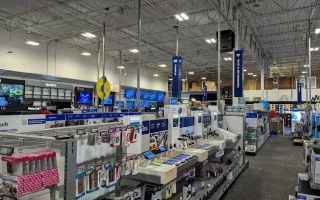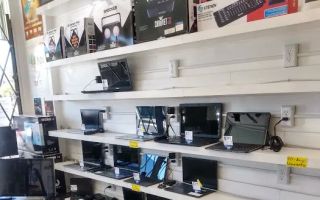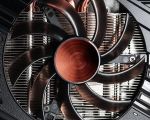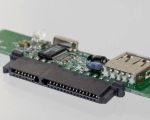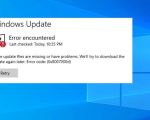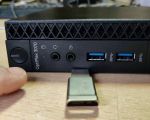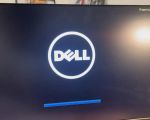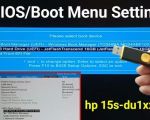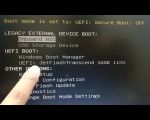Don’t Panic: Quick Computer Repair Tips and Solutions
We’ve all been there—your computer suddenly freezes, the screen turns black, or your favorite program crashes unexpectedly. The frustration is real, and if you're in the middle of something important, it can feel like the end of the world. But before you panic, take a deep breath. In this guide, I'll walk you through practical tips to troubleshoot and fix common computer problems quickly. Whether it's a simple software glitch or something more serious, here are some things to try to get your system back on track.

Best Buy
4210 Centerplace Dr, Greeley, CO 80634, USA
1. First Steps to Take When Your Computer Acts Up
The first instinct when something goes wrong with your computer is often panic. However, it’s important to stay calm. Here are the first steps you should take:
- Check if the computer is properly plugged in or if the battery is charged.
- Try restarting your computer. This can resolve many issues, especially with software.
- If you’re unable to get the computer to turn on, try performing a hard reset by holding down the power button for 10 seconds.
- Check if there are any error messages on the screen or strange noises coming from the computer.
These simple steps can often fix basic problems, but what if your computer still isn’t working? In that case, it’s time to dive deeper into the issue.
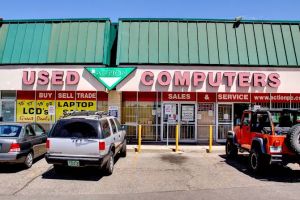
Action Computers Inc. -- Denver Location
2890 S Colorado Blvd F, Denver, CO 80222, USA
2. Diagnosing Software Issues
Software-related issues are one of the most common causes of computer breakdowns. These can range from apps that won’t open to full system crashes. Here are some common software problems and their fixes:
- Unresponsive programs: If a program isn't responding, try using the Task Manager (Windows) or Force Quit (Mac) to close it.
- System freezes: Run a system check by using built-in tools like Check Disk on Windows or Disk Utility on Mac to repair any disk issues.
- Updates needed: Ensure your operating system and programs are up-to-date. Sometimes, a simple update is all it takes to fix bugs and improve performance.
3. Hardware Problems and Fixes
If software troubleshooting doesn’t resolve your issue, it could be a hardware problem. Some common signs of hardware failure include:
- The screen is blank even though the computer is powered on.
- Strange sounds like clicking or buzzing are coming from your computer.
- The computer is overheating or shutting down randomly.
In these cases, you might need to replace or repair faulty components, like a broken hard drive, faulty RAM, or a damaged screen. If you are unsure about the hardware, it's best to seek professional help.
4. How to Avoid Future Computer Problems
Once your computer is fixed, it’s important to take steps to prevent future issues:
- Regular backups: Always back up your files. Use cloud storage or an external hard drive to protect important data.
- Antivirus software: Ensure you have reliable antivirus software installed and keep it updated to prevent malware from causing system issues.
- Proper ventilation: Keep your computer in a well-ventilated area to avoid overheating.
These small steps can go a long way in maintaining your computer’s health.
5. When to Call in the Professionals
While many common computer problems can be fixed with a little troubleshooting, there are times when professional repair services are the best option. Here are some signs it’s time to call a technician:
- Your computer won't start despite troubleshooting.
- You’ve identified a hardware failure that requires professional repair or replacement.
- You're dealing with complex software issues that are beyond your technical expertise.
If you're looking for quick and reliable help, make sure to reach out to Computer Repair, where experts can assess and fix your issues without delay.
Don't panic when things go wrong with your computer. With the right steps, you can troubleshoot and fix many issues on your own. However, when in doubt, calling in the professionals is always a smart choice. Remember, timely repairs can save you time and money, so don't hesitate to take action when your computer needs attention.




